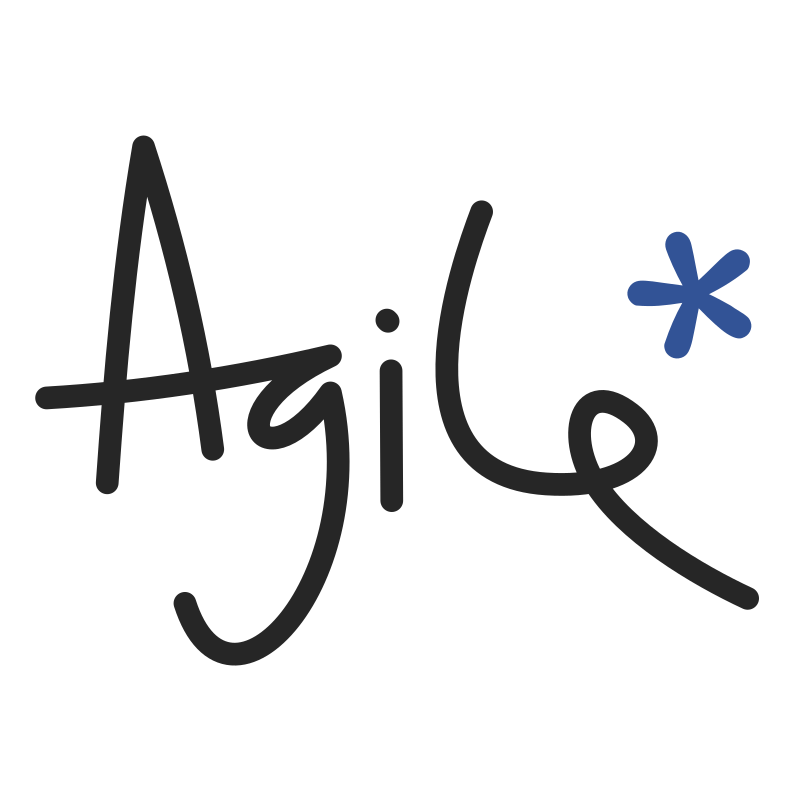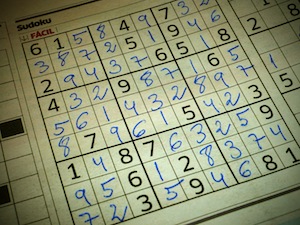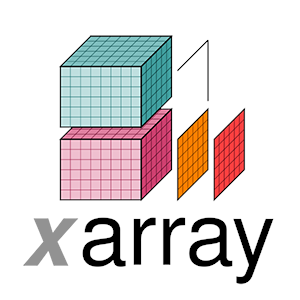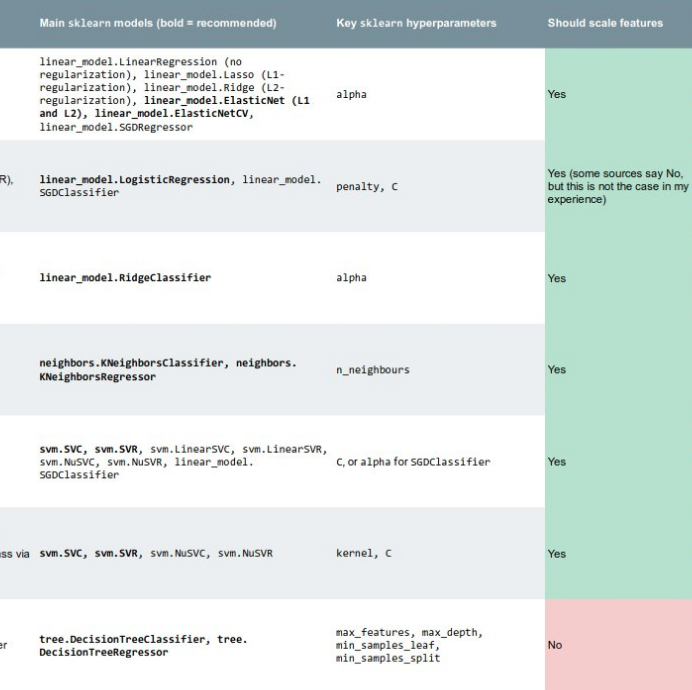July linkfest
/It's another linkfest! All the good stuff from our newsfeed over the last few weeks.
We mentioned the $99 supercomputer in April. The Adapteva Parellella is a bit like a Raspberry Pi, but with the added benefit of a 16- or 64-core coprocessor. The machines are now shipping, and a version is available for pre-order.
In April we also mentioned the University of Queensland's long-running pitch drop experiment. But on 18 July a drop fell from another similar experiment, but which has even slower drops...
A gem from history:
In the British Islands alone, twice as much oil as the navy used last year could be produced from shale. — Winston Churchill, July 1913.
This surprising quote was doing the rounds last week (I saw it on oilit.com), but of course Churchill was not fortelling hydraulic fracturing and the shale gas boom; he was talking about shale oil. But it's still Quite Interesting.
 Chris Liner's blog is more than quite interesting — and the last two posts have been especially excellent. The first is a great tutorial video describing a semi-automatic rock volume estimation workflow. You can get grain size and shape data from the same tool (tip: FIJI is the same but slightly awesomer). And the most recent post is about a field school in the Pyrenees, a place I love, and contains some awesome annotated field photos from an iPhone app called Theodolite.
Chris Liner's blog is more than quite interesting — and the last two posts have been especially excellent. The first is a great tutorial video describing a semi-automatic rock volume estimation workflow. You can get grain size and shape data from the same tool (tip: FIJI is the same but slightly awesomer). And the most recent post is about a field school in the Pyrenees, a place I love, and contains some awesome annotated field photos from an iPhone app called Theodolite.
Regular readers will already know about the geophysics hackathon we're organizing in Houston in September, timed perfectly as a pre-SEG brain workout. You don't need to be a coder to get involved — if you're excited by the idea of creating new apps for nerds like you, then you're in! Sign up at hackathon.io.
If you crave freshness, then check my Twitter feed or my pinboard. And if you have stuff to share, use the comments or get in touch — or jump on Twitter yourself!




















 Except where noted, this content is licensed
Except where noted, this content is licensed